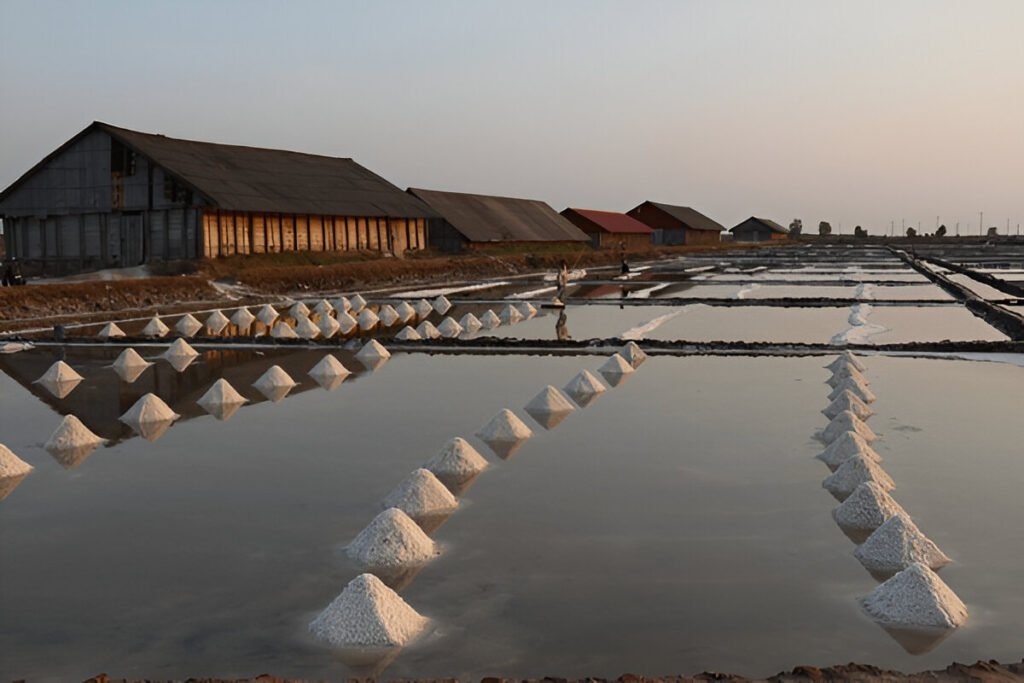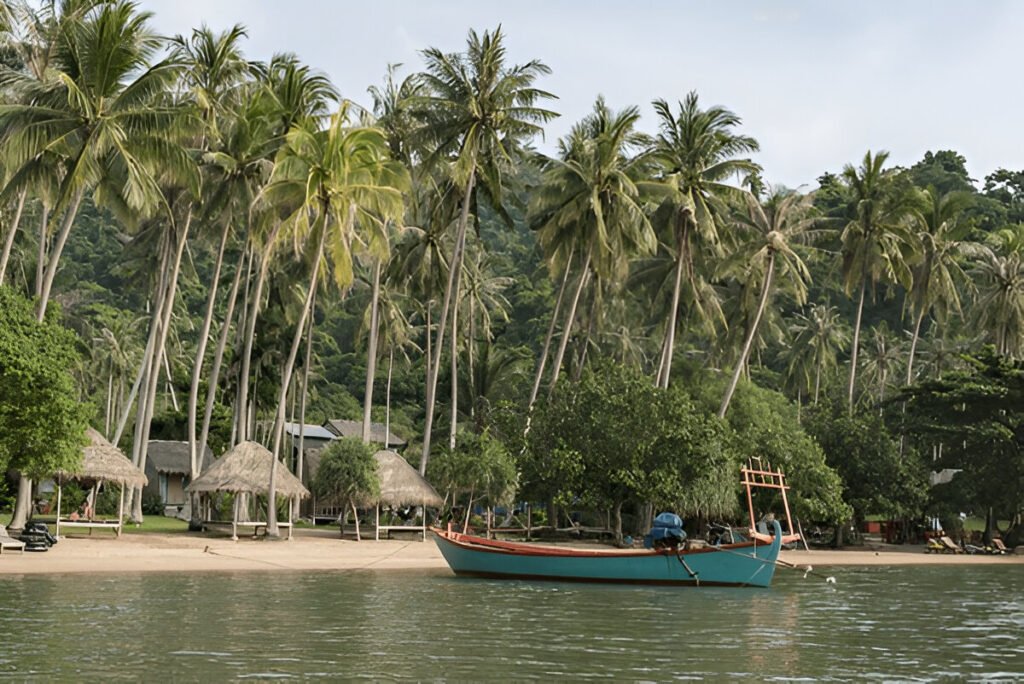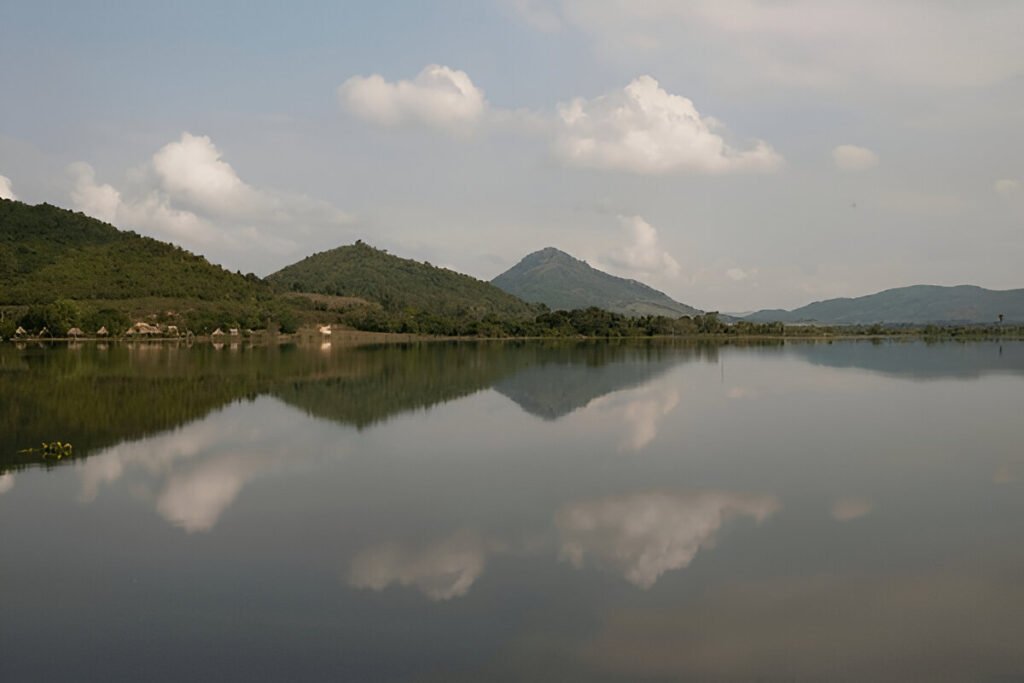Introduction:
Imagine crossing a wooden bridge that gracefully spans the Nishiki River, with five magnificent arches rising and dipping like a dragon’s back against the backdrop of majestic mountains, and you have a glimpse of the picturesque Kintai Bridge in Iwakuni, Yamaguchi Prefecture, Japan. This wooden architectural marvel, considered as one of the most beautiful bridges in Japan, attracts thousands of visitors every year. Built in 1673 during the feudal era, it’s a testament to Japanese craftsmanship and a symbol of the country’s rich history and cultural heritage.
Exploring the Awe-Inspiring Beauty of Kintai Bridge
The Kintai Bridge, or Kintaikyo, impresses visitors with its exquisitely curved structure made entirely of wood. Its five arches rise to a height of about 6 meters, each one resembling a full moon. As you cross this iconic structure, you’ll be captivated by the panoramic views it offers, with the serene Nishiki River flowing underneath and the lush greenery of Kikkou Park on the other side.
The bridge is especially stunning during the cherry blossom season when the trees along the riverbank are laden with delicate pink flowers, creating a breathtaking sight. In the evenings, the bridge is beautifully illuminated, reflecting its silhouette on the tranquil river surface. The Kintai Bridge is not just a symbol of Iwakuni but also an embodiment of the timeless beauty of Japan.
A visit to the Kintai Bridge also offers a chance to delve into Japan’s rich cultural heritage. The bridge was originally built as a passageway to the grand Iwakuni Castle on the top of Mt. Yokoyama. Today, it stands as a testament to the ingenuity of ancient Japanese architecture and engineering. Throughout the centuries, it has been meticulously maintained and rebuilt, preserving its unique aesthetics and historical value.
A Journey Across Japan’s Spectacular Wooden Wonder
Walking across the Kintai Bridge is like stepping back into the pages of Japanese history. The bridge’s intricate wooden structure, crafted without the use of nails, showcases the exceptional skills of Japanese craftsmen. As you traverse the bridge, you’ll feel a sense of tranquility and marvel at the harmony between this human-made structure and the natural landscape around it.
Not just a bridge, the Kintai Bridge is an integral part of Iwakuni’s vibrant festivals and traditions. The Kintaikyo Festival held every spring is an event not to be missed. The festival features traditional performances, parades, and the spectacular sight of the bridge adorned with colorful lanterns.
Looking beyond the bridge, there’s much more to explore. The nearby Kikkou Park is a peaceful haven with beautiful ponds, cherry trees, and the historical Iwakuni Castle. A visit to the Iwakuni Art Museum, housing an impressive collection of samurai artifacts, completes the enriching journey back into Japan’s feudal era.
Local Tips:
The best time to visit the Kintai Bridge is during the cherry blossom season or in autumn when the surrounding scenery is in its full glory. Comfortable footwear is recommended as the bridge’s wooden steps can be slippery. Observing local etiquette, such as not smoking or consuming food while crossing the bridge, is also advised.
How to Get There:
The Kintai Bridge is easily accessible by public transportation. From Hiroshima, take the JR Sanyo Line to Iwakuni Station. From there, a local bus will take you to the bridge in about 20 minutes.
Nearby Attractions:
Other nearby attractions include the Iwakuni Castle, a hilltop castle offering stunning views of the city and the Seto Inland Sea. The White Snake Museum, dedicated to the albino snakes considered lucky in Iwakuni, is also worth a visit.
Conclusion:
The Kintai Bridge is more than just a charming wooden bridge; it is a journey into Japan’s glorious past, a testament to its architectural prowess, and a showcase of its cultural richness. As you take each step on this spectacular wooden wonder, you’ll feel a sense of awe and admiration. So, come and experience the timeless beauty of the Kintai Bridge and create unforgettable memories of your visit to Japan.





